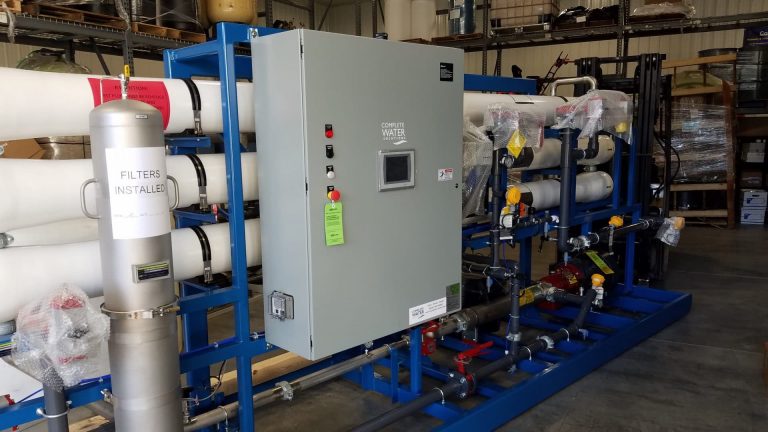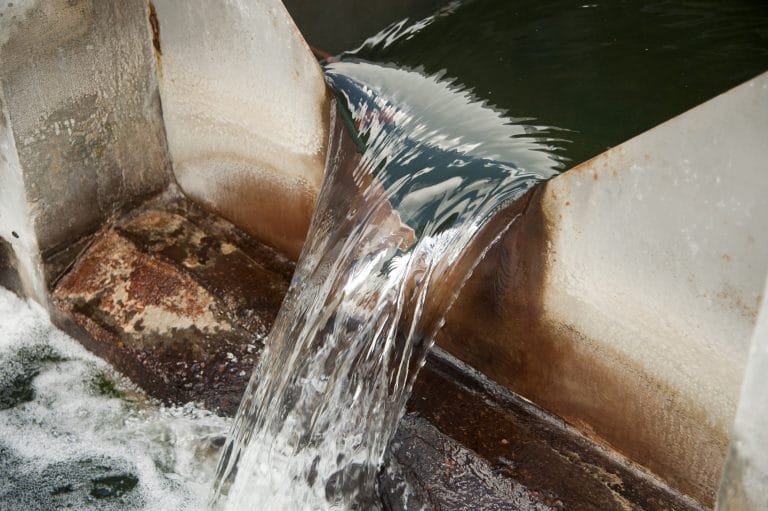Organics Monitoring in Your Water System – Part 3
Organics Monitoring in Your Water System - Part 3
More Organics Monitoring Applications
Organics monitoring solutions exist for a range of industrial, municipal and ultrapure water applications. Previously, we discussed boiler feed and steam condensate as well as drinking and source water. Here, we will discuss process water and wastewater.
Process Water
Water used in the manufacturing of industrial products such as fibers, hydrocarbons, and chemicals, and in the manufacture of foods and beverages often contains organics either as ingredients or as a byproduct of a refining or cleaning process. Organics are monitored as a process control constant to prevent contamination, reduce carryover, and protect downstream treatment processes, or as a quality control constant to ensure consistent product quality.
These samples can often contain high levels of salts and particulate matter, which can overwhelm the sampling and analytical systems of traditional organics monitoring tools. Reliable monitoring of organics in these challenging matrices can yield valuable cost-savings but must include a sound sampling strategy to ensure chemical compatibility and oxidation efficiency.
Wastewater
Biological, physical, and chemical treatment systems are used in a wide range of industrial applications to reduce organic contamination before reusing water or discharging it to a municipal wastewater treatment system or the environment.
Continuous monitoring helps operators optimize treatment decisions to minimize chemical costs and sludge generation, understand influent loading and organics remaining in the effluent, and potentially allow facilities to lower municipal wastewater discharge fees. TOC analysis can also be correlated to traditional discharge analytical methods such as COD (chemical oxygen demand) or BOD (biochemical oxygen demand).



